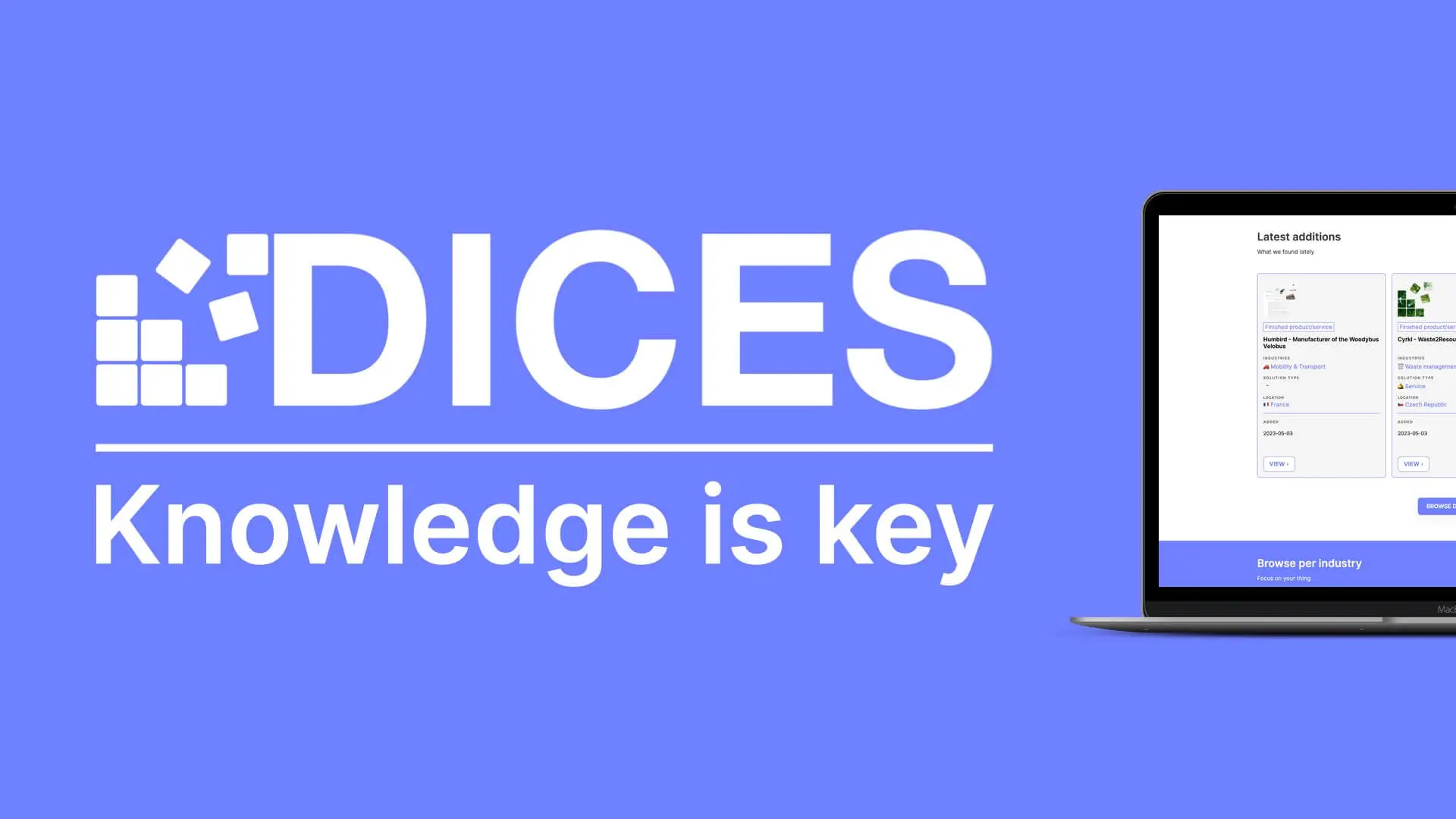· every month, new scandals in supply chains appear… ·
Download the Partner MapEvery month, new scandals in supply chains appear. One of the major causes of this type of event remains the lack of transparency between the actors of the same chain. However, the notion of collective is more and more advocated and valued in professional networks. Meetings, brainstorming, team building, workshops or seminars punctuate our weeks and the time dedicated to them is impressive. So how can we be as cooperative between actors of the same chain?
With the increasing complexity of processes and the internationalization of companies, the average number of interlocutors increases exponentially in proportion to the size of the organizations. Ecosystems and production chains follow the same trends. Identifying and knowing your contacts is becoming a real challenge.
To do this, there is stakeholder mapping. This is a very basic exercise, but how to define the right classification criteria? What to do with the collected data? How to value the assessment made? Taking these questions into account, Circulab has created the Partner Map.
In this second article of the series, we present you the second tool of the Circulab toolbox; the Partner Map. It is built in such a way that it allows you to identify the actors with whom to collaborate and dialogue to reach your objectives.
Stakeholder mapping, more than just a CSR deliverable
According to Borealis, a stakeholder map is “a visual representation of the type of relationship that stakeholders have with an organization or a project”. Often in the form of a two-axis graph, the map often ends up being a sub-part of a deliverable in the context of a CSR mission. But what is the real added value of this work? Beyond the quantifiable, there is a question of quality.
First of all, this analysis brings clarity: it’s about seeing things more clearly! Who is acting where? On what level and at what time? In interaction with whom? To accomplish what task? What about my company? All these questions are answered in the mapping and when things are clear, actions are faster.Being fast and responsive is a good thing, but it’s also about being efficient. The second advantage of this visual is that it places the notion of responsibility at the center. Knowing and analyzing your contacts allows you to give each person the right importance and the right objectives. To gain efficiency, it is necessary to give power to those who have the most connections in the system. The right person in the right place with the right tools : the subsidiarity principle! This is how the Stoics considered the Cosmos, the world as a whole, the universe. Finally, it is about being inspired by Nature.
Furthermore, this tool meets the demand of many consumers for traceability. “More and more customers want the whole chain to be perfectly traceable, from the paper roll to the individual note” says Dirk Fischer, printing plant systems expert at G+D Currency Technology. This new consumer demand is amplified by issues such as carbon footprint, health assurance, ethics, quality and commitment to the local economy. So you’ll certainly see your cooperative efforts rewarded.
The Partner Map, what’s the difference?The strength of the Partner Map is based on its simplicity of use and clarity. Also, it was built following the principles of the circular economy. It is a tool that allows you to map stakeholders taking into account all stages of the production chain, but also the locality, so that you can be local and inclusive at all stages, and design the right stakeholder engagement strategies.
With the Partner Map, we want you to use systems thinking for stakeholder mapping. We aim to do 3 things.
The first thing is to step back to the whole ecosystem, not be too focused on the one organization. Secondly, we want the circular economy not to depend on very long supply chains and not to create what we call “the rebound effect” with material flows traveling around the world just to close a loop. The challenge is to value local loops, this is the principle of circular design. Finally, we want to allow you to rethink the stakeholder theme. And even the word itself: some people confuse shareholding and stakeholders, whereas at Circulab, we want to create a win-win ecosystem. The key is to see everyone as potential partners.
From stakeholders to partnersAs you can see, there is great value in cooperation. If our goal is to develop a better future and fight against the destruction of resources, we must do it together.
Each actor has its own expertise, its own missions and has a role to play in the transformation, we just need to give them the opportunity. It is necessary to make a non-financial gain from these exchanges. Build new relationships through which you bring something, and they bring something back. Michael Porter was right when he defined the notion of “shared value” as value created in three ways: “Companies can create shared value in three ways: by redesigning products and markets, redefining productivity in the value chain, and strengthening local clusters. “
Finally, from the shared knowledge between stakeholders comes respect. Most of the time, with clients, we see people anticipating the wrong behaviors or feelings from another stakeholder, but when we put them in the same room, we get them working together, they see for themselves that they can easily work together and they clearly have an advantage in that.
Download the Partner Map


